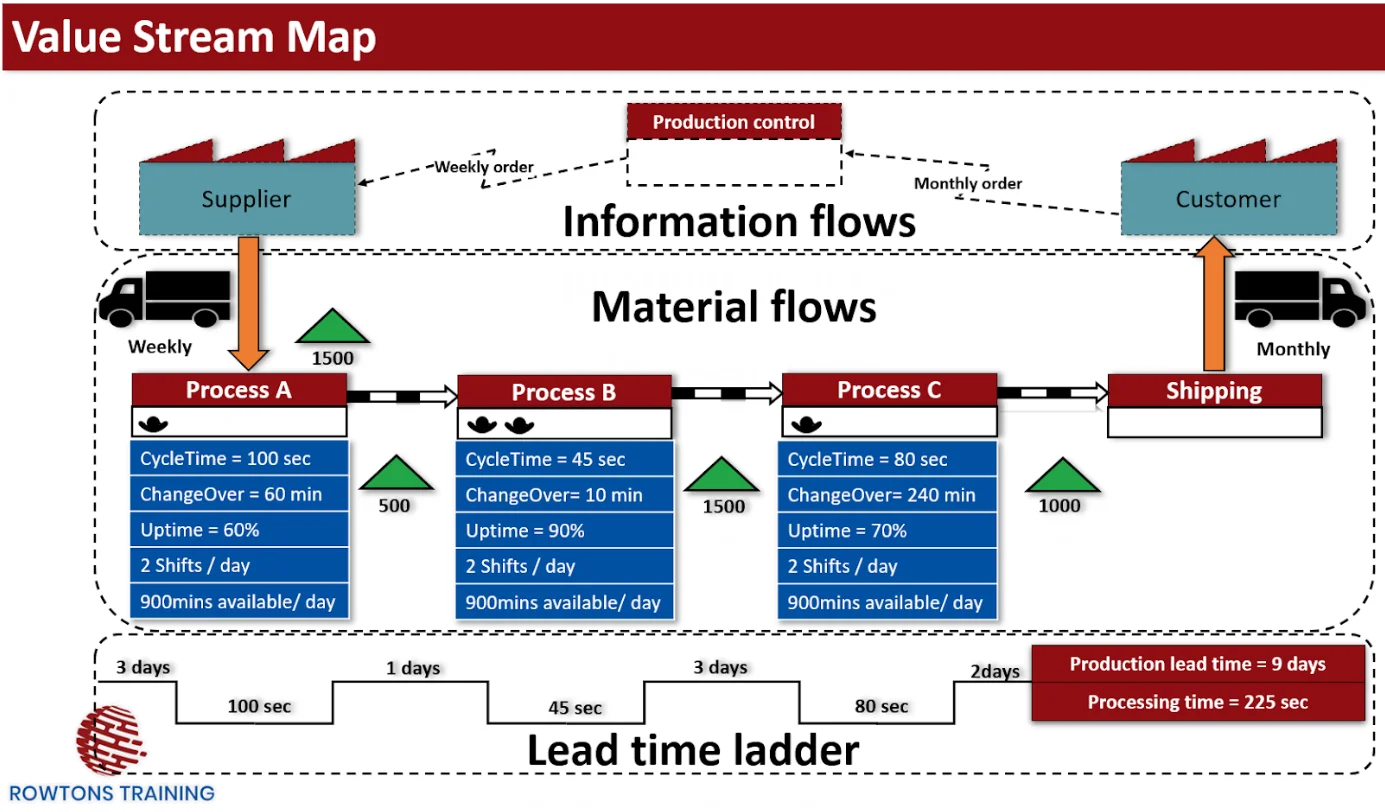Demand Smoothing – Improve your Operations
The Challenges of Uncertainty in Operations and Supply Chain Management
Uncertainty and variation pose significant challenges in all areas of supply chain management and operations management. This challenge is especially prominent with regards to the uncertainty and variation of “demand”.
Uncertainty and variation of demand can cause:
- Operational expenses
- Operational complexities
- Increased management time requirements
- The need for extra inventory and capacity
- Extra risk of stock outs and delays
If you want to learn more about demand management as part of supply chain management, watch my video on demand smoothing and how it will help your business operations.
What is Demand Smoothing?
‘Demand smoothing’ refers to the active control and manipulation of the demand of your business’s product or service in order to keep it at a more constant level. This is a big part of demand management, and is necessary to effectively understand and influence the demand placed upon the your own operations and supply chain.
DISCOVER THE “FORGOTTEN FUNDAMENTALS” OF OPERATIONS MANAGEMENT”
Better forecasting is one of the ways of reducing longer term “uncertainty”. However, variation should still be minimised where possible not just “predicted” through chasing the elusive better forecast.
Demand can be smoothed through Internal and External Demand Management.
How to Reduce Uncertainty and Variation: “External” Demand Management
External demand management practises are those that directly seek to influence the customer to reduce the variation of the the customer’s demand placed upon your business’s operations and supply chain. When it comes to external demand management, businesses can reduce uncertainty and variation by using tools such as active price management, reservation systems and by incentivising small and infrequent orders.
Active Price Management
Active price management refers to adjusting the price of your product or service to smooth demand. Airlines are a good example of this. Their capacity is essentially fixed in the short term so airlines will increase prices when demand is higher, and decrease prices when demand is lower. This helps to maximise profits and smooth demand, and keep their allocated planes full.
Reservations
Service industries such as hairdressers, dentists and contract builders implement reservations systems as a method of demand smoothing. This enables business’ to more accurately assess and monitor trends in demand.
Incentivising Small, Frequent Orders
Incentivising customers to make small, frequent orders instead of larger, less frequent ones is also a great example of demand smoothing. Bulk-buy promotions only act to exacerbate big swings in demand from customers, which can disrupt existing supply chain management processes and place large transient burdens on your operations.
How to Reduce Uncertainty and Variation: “Internal” Demand Management
Internal demand management practises are those that are a result of inefficiencies “within” your organisation. Businesses can reduce uncertainty and variation of demand internally by reducing mistakes, reducing their throughput / lead times, and by introducing customisation of their product or service later into the process.
Reducing Mistakes
Reducing mistakes / quality errors is one of the ways in which businesses can act to reduce uncertainty and variation in their demand, as part of their demand smoothing systems. A low-quality process that often makes mistakes means extra uncertainly of demand on the system which must be accommodated with the same expensive buffers of time, capacity and inventory.
Reducing Throughput Times / Lead Times
Reducing internal lead times through better workflow management will also help. Improved understanding of inventory management practices, can make business operations more consistent, allowing demand to be better predicted. Reducing internal throughput times / lead times is a core competency of all supply chains and business operations. Those that can reduce them whilst maintaining the same inventory and operating costs have better business operations and will be more competitive in the market.
Later Customisation
Modifying process sequences to be able to absorb product mix variation through later customisation of your product or service is another way of reducing uncertainty and variation through internal demand management. This might mean making a generic car but only doing custom modifications at the very end. The demand for generic cars is quite stable and the unpredictable demand for blue cars with red seats can be more easily accommodated by doing those customisations only towards the end of the overall process.
Operations Management Training with Rowtons Training
If you want to learn more about demand management as part of supply chain management, watch our YouTube video version of this blog on demand smoothing. In addition, you can learn more about our operations management training videos here.
Demand Smoothing to Reduce Variation and Uncertainty of Demand
The complications associated with uncertainty and variation in demand can be mitigated with demand smoothing techniques both externally and internally. External demand practises aim to influence the customer and include amongst many methods: active price management, reservations and incentivising small, infrequent orders. Internal demand smoothing practises focus on internal changes and include reducing mistakes, reducing throughput times, and improving system design to only customise products and services later-on in the system.
How will you smooth the demand in your organisation?
Crack On!








